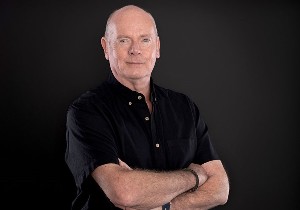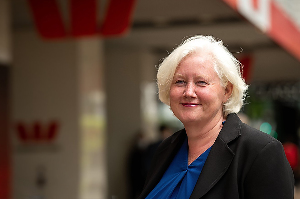
Known for setting up iLender, Royle, who has been an adviser for more than 30 years in several countries, told a Pepper Money webinar this week that this obsession is because the major banks over many years have spent an obscene amount of money promoting their interest rates, probably to the exclusion of borrowers knowing little about other avenues for obtaining mortgages.
He became an authority on the non-bank sector in the UK during the 1990s and set up his New Zealand company in 2006.
“Historically mainstream lending in most countries has been good for most people, but there are a small number of people, who for whatever reason, fall outside the mainstream and there needs to be a safety net or solution for them.
A survey taken a few years ago concluded 40% of Kiwi borrowers who go to a mainstream bank and are given a no, told they can’t have as much as they want or the structure of their borrowing is not right, give up and stop looking for a loan. “That’s crazy.”
Royle says his company regularly gets phone calls from people who may have been to the bank or another adviser and are told “very sorry, you can't do what you want to do”.
“It’s rare we are the first lender people contact. We are quite often the last people to contact. That can be quite challenging sometimes within the timeframes borrowers are working to. But, the number of times people have said, ‘my goodness, I wish I'd spoken to you earlier. I didn't realize this existed’ is the key. They don’t know non-bank lending is available. That’s an education piece for us as an industry.
“The major banks are really great at going out there and promoting their rates. When it comes to positioning a non-bank solution, where the industry scores is the breadth of products. As a profession, a customer coming to us is given a complete suite of products and lenders and, I would argue, for most people there is a solution out there somewhere.”
He says while it is challenging to get a home loan, at the same time many people are missing out because there isn’t enough awareness, consideration and understanding of non-bank lending, Royle says. “Most advisers tend to stay within the banking world, whereas we don't. We tend to concentrate more on the alternative lenders.”
He says the sector is much better than it was a decade ago, but the question always comes around to whether it is more expensive – what is the interest rate? We tackle this by asking a borrower if they are comfortable paying $1,000 a week in repayments on a $500,000 loan. The answer is generally yes. The second question from the potential client is, so what is the interest rate? They might be told it is 9.59%, but whatever the figure is, they already know the dollar cost so the rate conversation tends to go into the background.”
It’s a means to an end to help the potential client get a working solution and it may not be forever, Royle says. “So, we cover it more in dollars and cents rather than an interest rate, which, even in bank land, an interest rate is pretty meaningless.”


